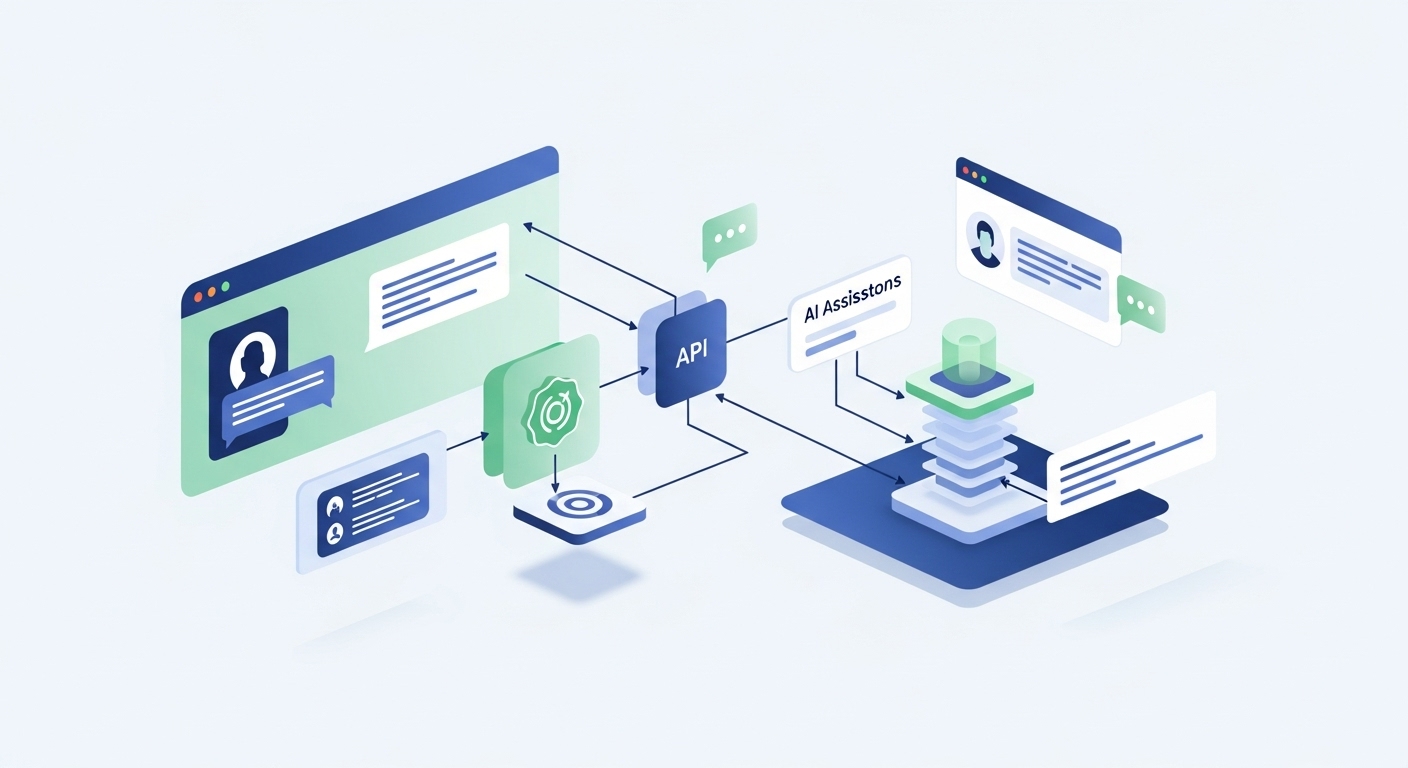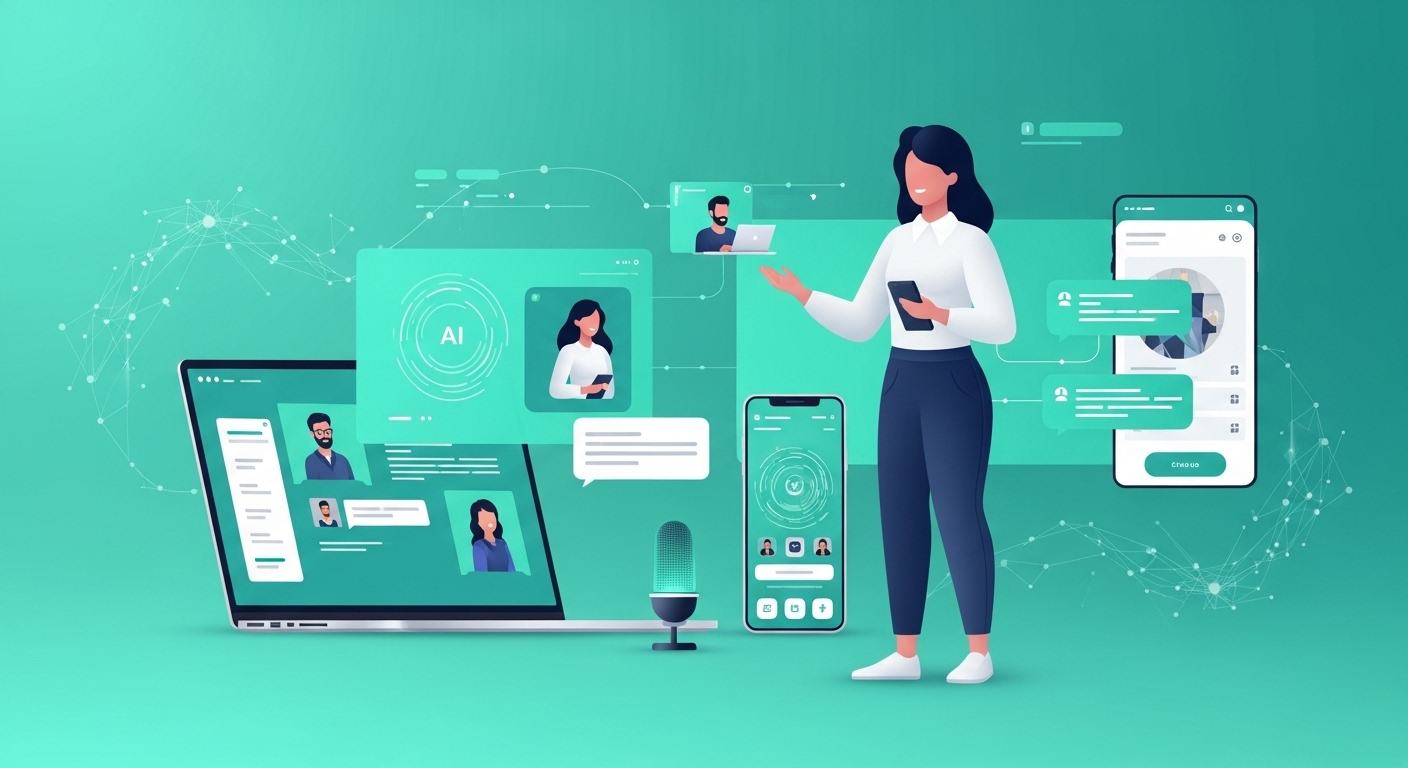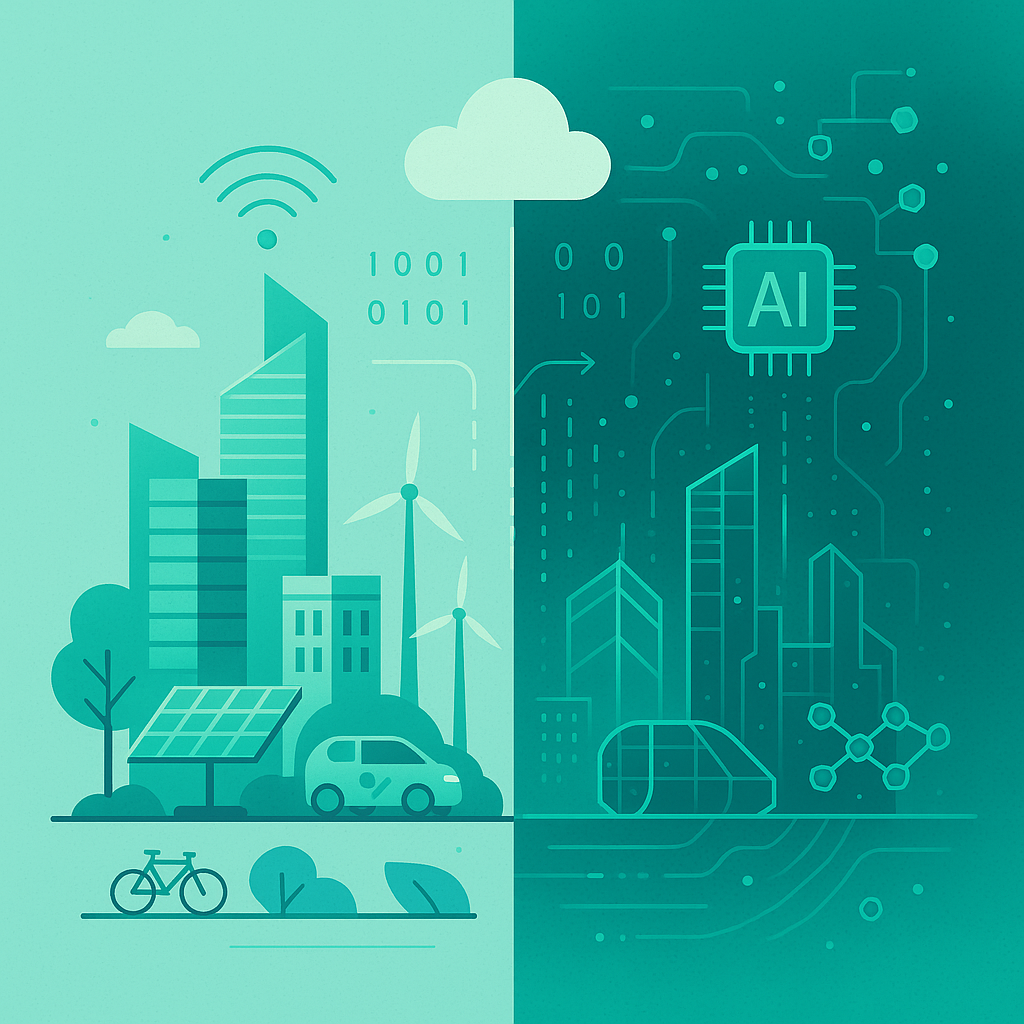Agile Methodologies: What They Are and Why Implement Them in Your Company
In a world where efficiency and adaptability are key to business success, agile methodologies have become essential tools for staying competitive in the market. These methodologies, which originated in software development project management, respond to the need to quickly adapt to changes and uncertainty, allowing organizations to deliver value efficiently and effectively.

Origin and Evolution of Agile Methodologies
Agile methodologies emerged as a response to the difficulties encountered with traditional project management methods, which were often too rigid to handle rapid and emerging changes. In a software development environment, teams constantly faced challenges due to uncertainty and evolving, unclear business needs.
With the advent of technology as an enabler of new businesses, the need for more flexible and collaborative work methodologies became evident. Agile methodologies focused on adaptation to change and the continuous delivery of value to the customer, allowing for efficient responses to customer needs and the constant transformations of the market.
In recent years, and especially with the onset of the pandemic, many organizations have realized the importance of accelerating their digital transformation processes, placing the adoption of agile methodologies at the center of this transformation.
What Are Agile Methodologies?
Agile methodologies are a set of techniques and practices that reduce uncertainty through short, iterative work cycles aimed at generating early and efficient value for the customer. These methodologies are based on collaboration between the business and development teams, inspired by lean techniques that allow for the division of the product into smaller, more manageable iterations.
A key aspect of agile methodologies is the empowerment of teams, giving them the autonomy to build the best possible product according to their capabilities, in a self-organized manner. This approach contrasts with traditional methods, characterized by detailed planning and estimation, and a high level of control, making them less suitable for high-uncertainty environments.
Traditional methods can generate difficulties with emerging changes, as they require rework and re-planning, which can be resisted within the organization. On the other hand, agile methodologies allow for quick and efficient adaptation to these changes, minimizing resistance and maximizing organizational agility.
Key Agile Frameworks
Several agile frameworks can be adopted by organizations, each with its own characteristics and benefits. Some of the most popular include:
- Scrum: A framework focused on the incremental delivery of products. It uses short work cycles called sprints, typically lasting two to four weeks. Scrum teams hold daily meetings to review progress and adjust work as necessary.
- Kanban: A visual method for managing work as it moves through a process. Kanban boards help teams visualize workflow, identify bottlenecks, and improve efficiency.
- Lean: Focuses on maximizing customer value and minimizing waste. It uses principles such as continuous improvement and rapid delivery of value to optimize development processes.
- XP (Extreme Programming): A framework emphasizing software quality and responsiveness to changing customer needs. It includes practices such as test-driven development (TDD) and pair programming.
Why Implement Agile Methodologies in Your Company?
Agile methodologies primarily aim to achieve the best business results in high-uncertainty environments. The benefits of an agile transformation are numerous and tangible:
- Better Business Results: Companies that have adopted deep agile transformation generally perform better in terms of financial results, operational efficiency, and innovation capacity (McKinsey & Company). Studies have shown that these companies outperform their peers on various performance indicators.
- Higher Employee Engagement: Companies implementing agile methodologies typically have 30% higher employee engagement (State of Agile report). This translates to highly satisfied and committed employees, as opposed to employees seeking opportunities outside the organization.
- Breaking Organizational Silos: Agility fosters effective collaboration between the business and work teams, eliminating organizational silos and focusing on a unified customer vision. Multidisciplinary and self-organized teams work together to achieve business goals, quickly adapting to emerging changes and requirements.
- Transparency and Visibility: Agile methodologies provide greater transparency and visibility of project progress through visual management tools such as Kanban boards. These tools facilitate workflow visualization and management, allowing teams to quickly identify and address potential bottlenecks or delays.
- Continuous Improvement: One of the fundamental principles of agile methodologies is continuous improvement. Through retrospectives and constant feedback, teams can identify areas for improvement and apply incremental changes to optimize their processes and results.
The Impact of Agility on Business
One of the main advantages of implementing agile methodologies in an organization is the focus on transparency in work, prioritization, and business results. Agile transformations must be measurable in terms of delivery capacity (output) and their impact on the business (outcomes). This provides a deeper understanding of the real productivity of agile teams.
At 2Brains, we always seek to understand the impact of the transformations we lead, demonstrating how teams can achieve impeccable delivery that is highly measurable and manageable. This not only includes delivery capacity but also the effectiveness of the work through business impact measurement, an approach that allows for early and validated learning, ensuring that the results delivered are the best possible for companies.
How to Implement Agile Methodologies in Your Company
Implementing agile methodologies requires significant cultural and organizational change. Here are some key steps to get started:
- Education and Training: Provide training at all levels of the organization on agile principles and practices.
- Start with Pilots: Begin with pilot projects to test and adjust agile methodologies before a broader implementation.
- Involve Stakeholders: Ensure the participation and support of all key stakeholders, including senior management.
- Create Multidisciplinary Teams: Form teams that include members from different disciplines, empowering them to make decisions and self-organize.
- Use Agile Tools: Implement agile management tools such as Kanban boards or project management software to facilitate visibility and collaboration.
- Foster a Culture of Continuous Improvement: Establish an environment where feedback is constant and continuous improvement is promoted, allowing teams to adapt quickly and improve their processes.
Success Stories of Agile Implementation
Many organizations have successfully transformed their processes and improved their results by adopting agile methodologies. Here are some success stories:
- Spotify: The music streaming company has implemented an agile structure that allows its development teams to work autonomously and efficiently, promoting innovation and rapid adaptation to market demands.
- ING Bank: This financial institution has adopted agile practices to improve its responsiveness to customer needs, increasing efficiency and reducing the time to market for new products and services.
- Netflix: With an organizational culture centered on agility, Netflix has managed to stay at the forefront of the digital entertainment industry, quickly adapting to changing user preferences and market trends.
In summary, agile methodologies are essential for companies looking to quickly adapt to a constantly changing environment. By adopting these methodologies, organizations can improve their business results, increase employee engagement, and break down organizational silos. If you are interested in implementing agile methodologies in your company, contact us through the contact form, and we will be happy to help you with your next project.
Do you have a project in mind? Contact us for more information and see how we can help you implement agile and efficient solutions in your company!


